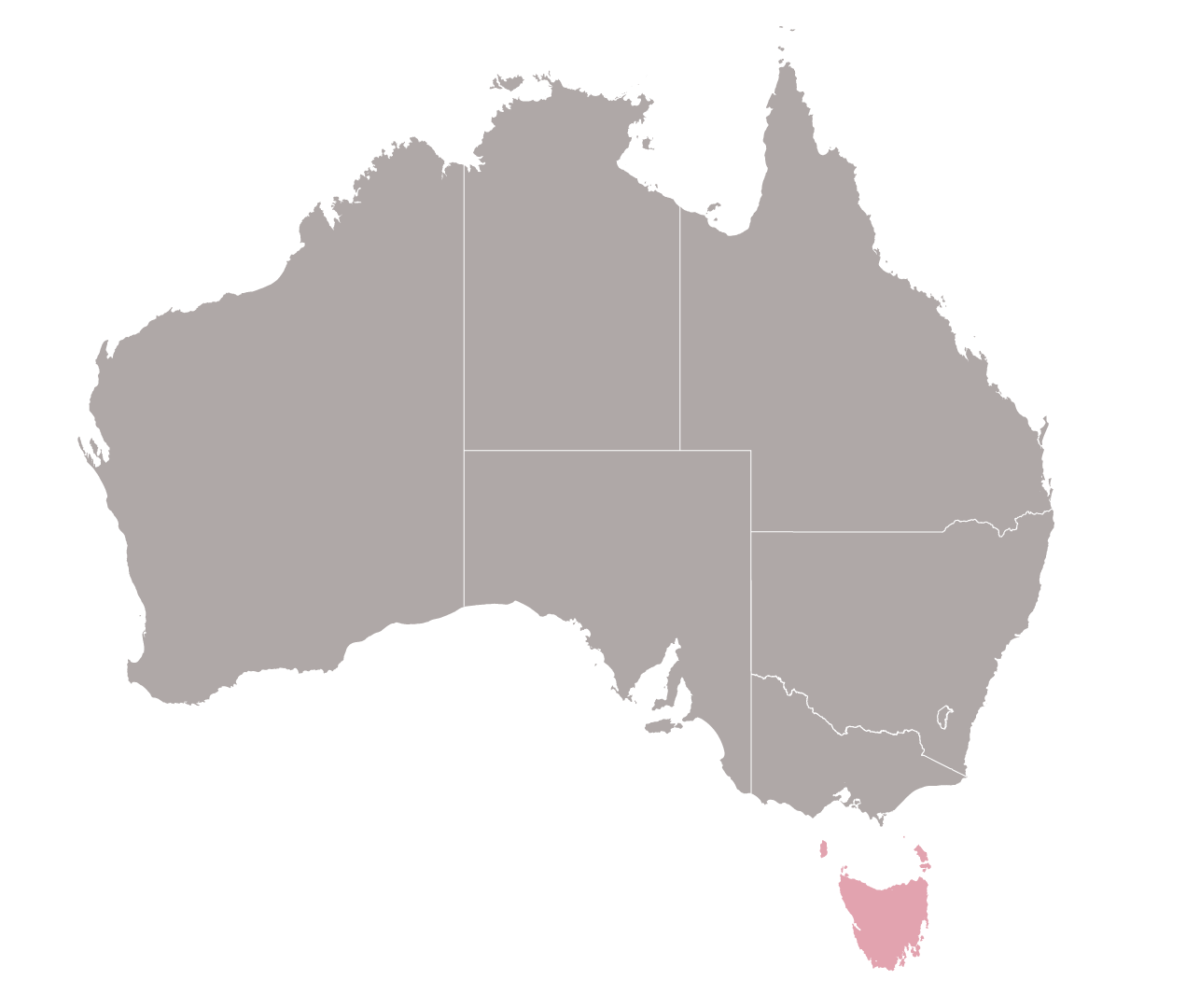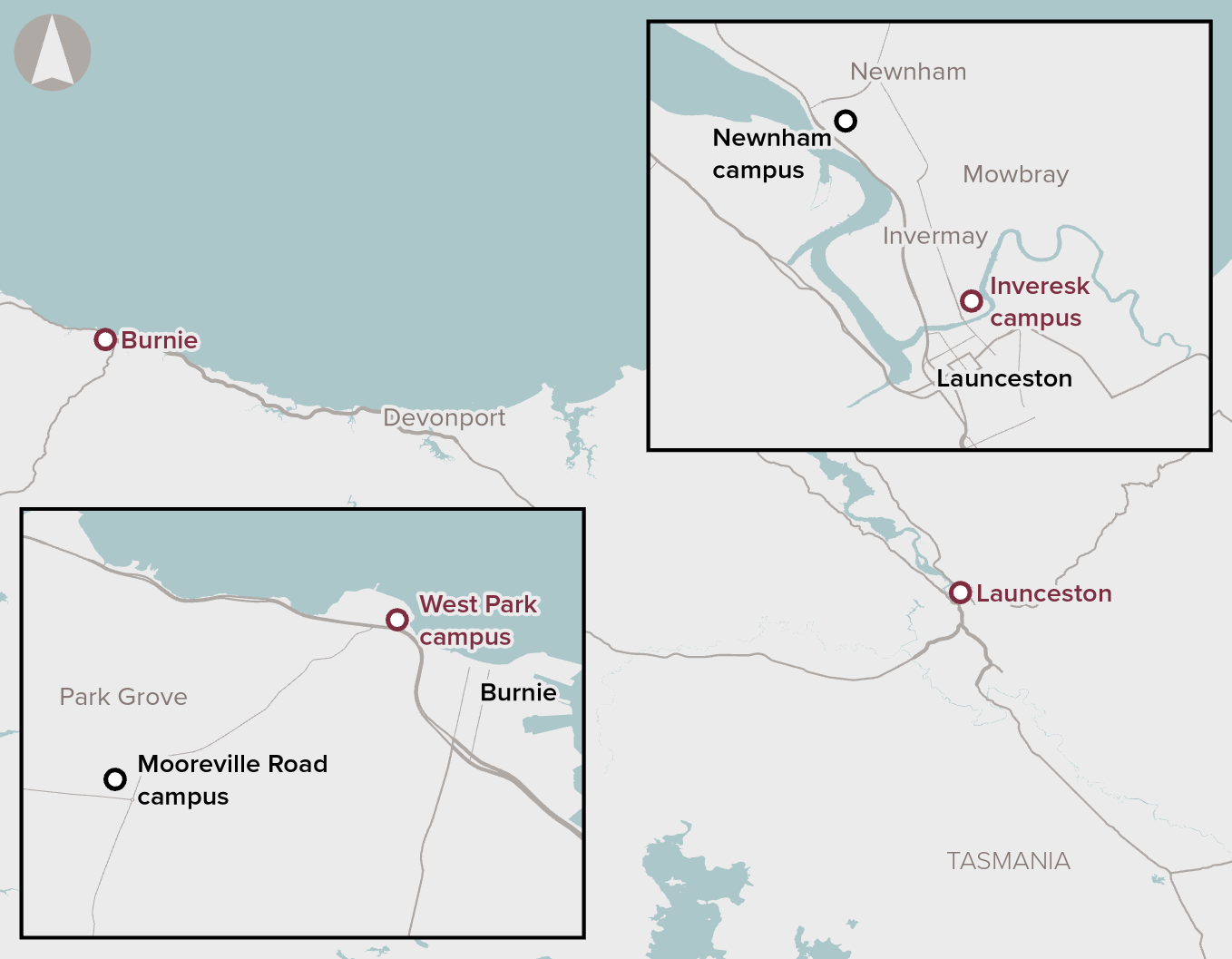

The business case is for the University of Tasmania’s program of works in northern Tasmania to relocate its Launceston campus from Newnham to Inveresk, and its Burnie campus from Mooreville Road to West Park.
It also includes new course offerings to attract more students.
The business case was accepted for Infrastructure Australia's assessment on 31 January, 2019.
On 8 July 2019, Infrastructure Australia listed the Northern Transformation Project as a Priority Project on the Infrastructure Priority List.
Infrastructure Australia Chief Executive, Romilly Madew, said:
“It is a nationally-significant investment opportunity that will drive better community outcomes by encouraging more local, interstate and international students to attend university.
“Educational outcomes are significantly poorer in Tasmania relative to the rest of Australia, and student enrolments are continuing to fall. Between 2013 and 2018, the number of local student enrolments at the University’s Launceston campus fell at a rate of 4% per year, and 6% per year at the Burnie campus over the same period.
“The existing campuses at Launceston and Burnie are nearing the end of their usable lives, are poorly located for students and staff, and constrain the university’s ability to deliver the technology-enhanced learning environments that students want. The proposed relocation will help to deliver vibrant, accessible and flexible campuses that will attract students, while also enabling the university to develop courses that better respond to existing skills shortages and the social, economic and technical needs of communities."






 EVALUATION COMPLETE
EVALUATION COMPLETE

